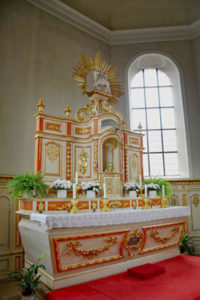Reinheim St Markus





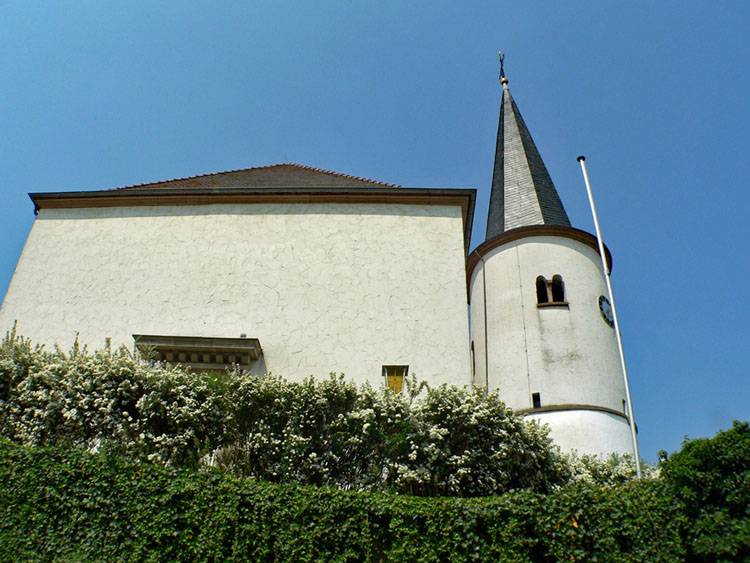









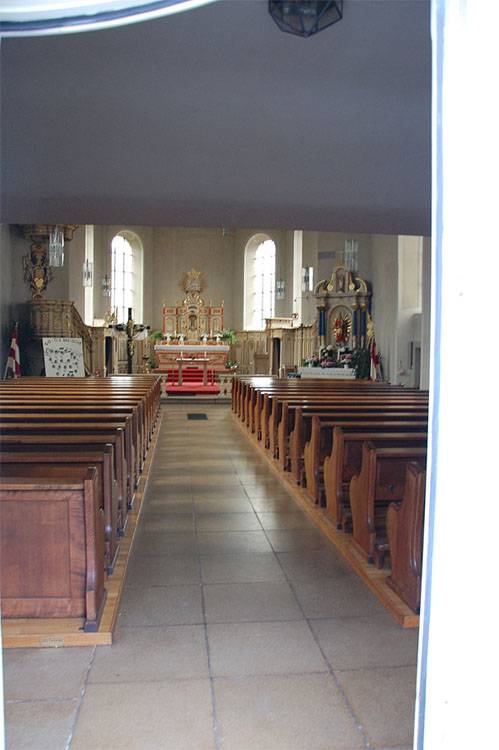











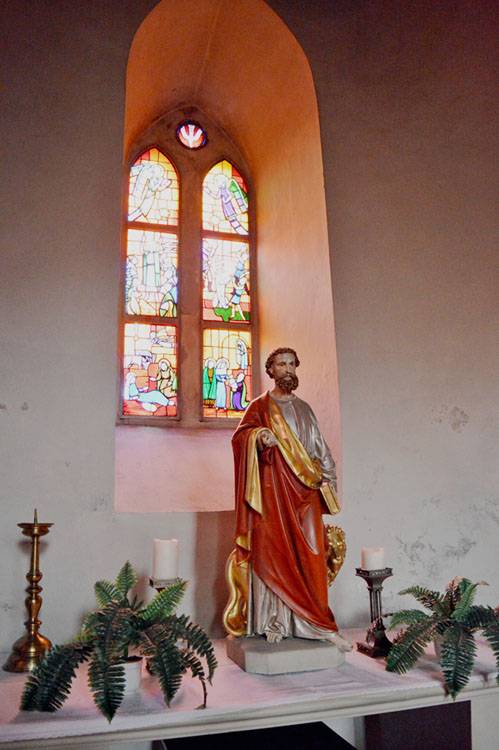

















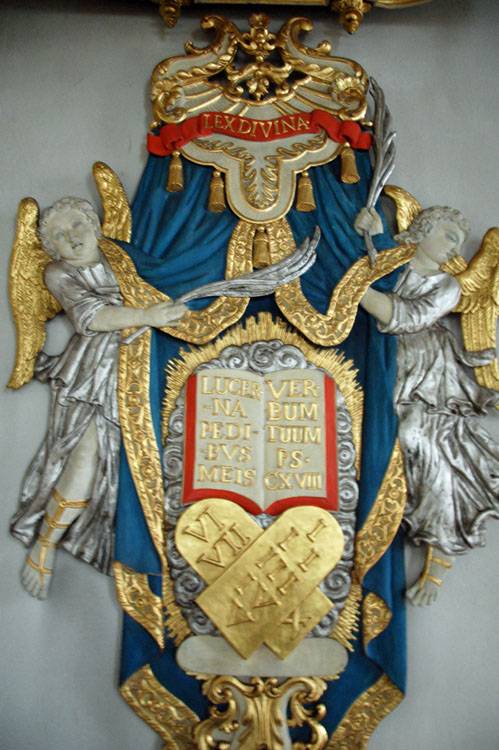







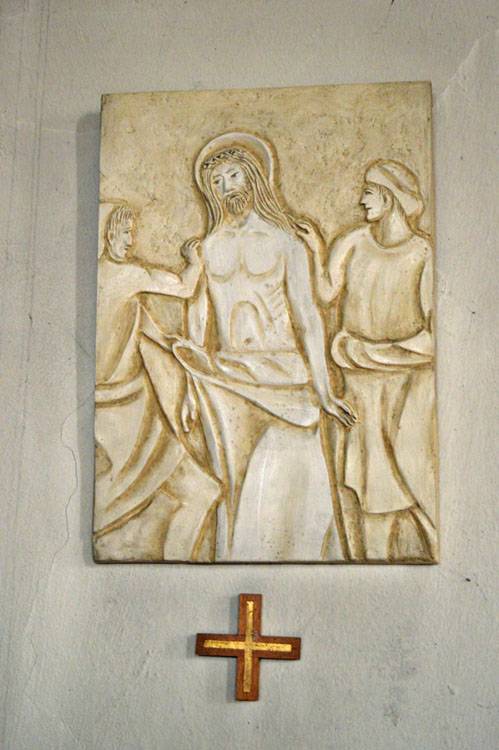






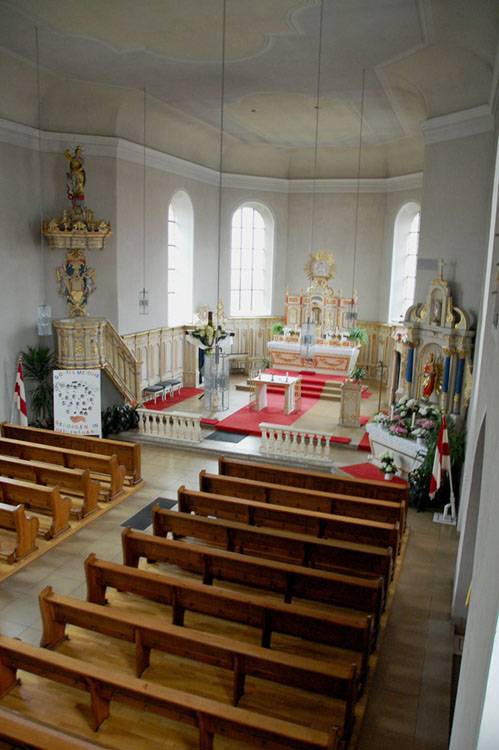















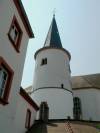





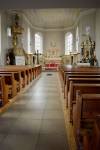
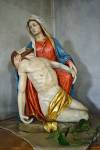









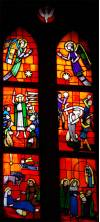









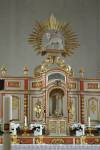

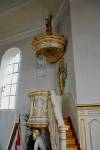

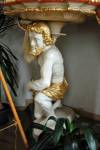
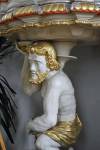
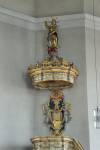

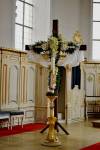



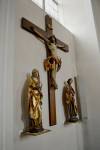

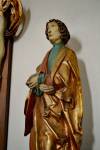

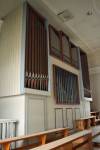



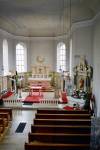



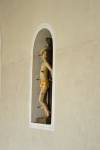

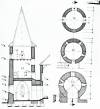
St Markus-Kirche Reinheim
Where to find this church
Church Information
St Markus-Kirche is located in Reinheim, a village in the Saarland close to the French border.
This church is usually open to visitors
* denotes external links that open in a new window
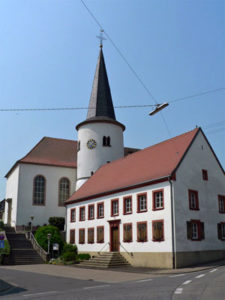

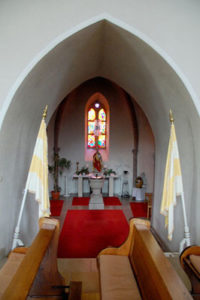
Visiting Reinheim St Markus
St Markus in Reinheim is a church we have always found open and welcoming so far, and this although there are many interesting and valuable features inside. Sadly, on our last visit, the tower was obviously infested with some kind of wall fungus. I do not know the current state of affairs, but I hope it will have improved since.
The village of Reinheim lies in the valley of the river Blies, right on the Franco-German frontier. The favourable location in this fertile basin might have been crucial for an early settlement. From Celtic times derives the burial chamber of the so-called “Celtic princess of Reinheim”. There are also a number of evidences for a Roman settlement. Numerous excavations have taken place between Reinheim and Bliesbruck in Lorraine/France during the last couple of years, forming the major part of the “Europäischer Kulturpark Bliesbruck Reinheim” (Archaeological Park of Bliesbruck Reinheim) today. The ending “-heim” is probably an indication for a Franconian settlement.
The first mentioning of the catholic church of St. Markus can be traced back to the year 1314, that of the village to 1267. The church is built in a north-south direction, the round tower is situated on the eastern wall of the nave. The round tower has a height of 15,05 m to the edge of the roof, and – like all the neighbouring round towered churches – crowned by a tapered helm roof. The outer diameter of the tower is 7,80 m at ground level and 6,80 m at the first and second floor, while the inner diameter widens from 4,80 m at ground and first floor to 5,00 m at the upper floor. The ground floor lies about 0,70 m below the ground level of the nave, and is reached via a couple of steps. The ground floor has been used as a chapel since 1488, when it received its gothic décor: lancet windows in the northern and southern wall of the tower and a Y-tracery window in the eastern wall, and a gothic cross-shaped vault. The chapel is used today for baptisms, the font is also located here now.
A recess in the eastern nave wall, above the entrance to the ground floor chapel in the tower, probably shows a former entry to the first floor of the tower. It hosts a statue of St Sebastian today. In 1574, the church was rebuilt; either a nave was added to the round tower for the first time, or – what is thought to be more likely – a formerly smaller, west-east aligned nave was extended. In the late 18th century, building activity evolved in the region under the Countess von der Leyen, residing in nearby Blieskastel. The church which had become dilapidated and too small for the number of parishioners was demolished and rebuilt in 1790-91. For lack of space, it was now built in the south-north alignment it still has today.
Remarkable is the furnishing of the nave and chancel: made by the locally famous sculptor Jean Madersteck from Lorraine/France for the nearby monastery of Gräfinthal, the people of Reinheim purchased the items by auction when the monastery became redundant during the French revolution for a very low sum. A personal favourite is the pulpit which is supported by the figure of Samson, and highly decorated. But also the chancel with the altar or the reredos are well worth a visit of this pretty church.
Conclusion: open and welcoming church with plenty to see inside


